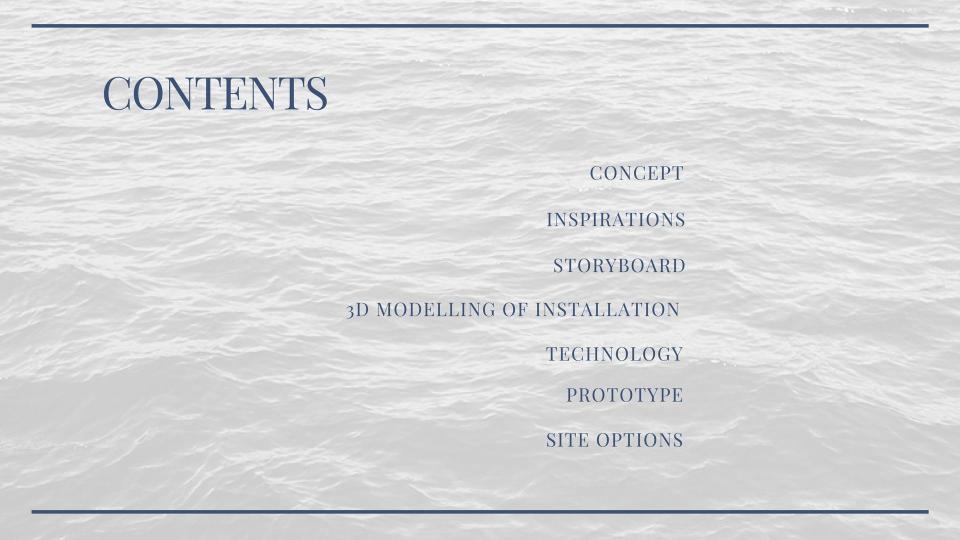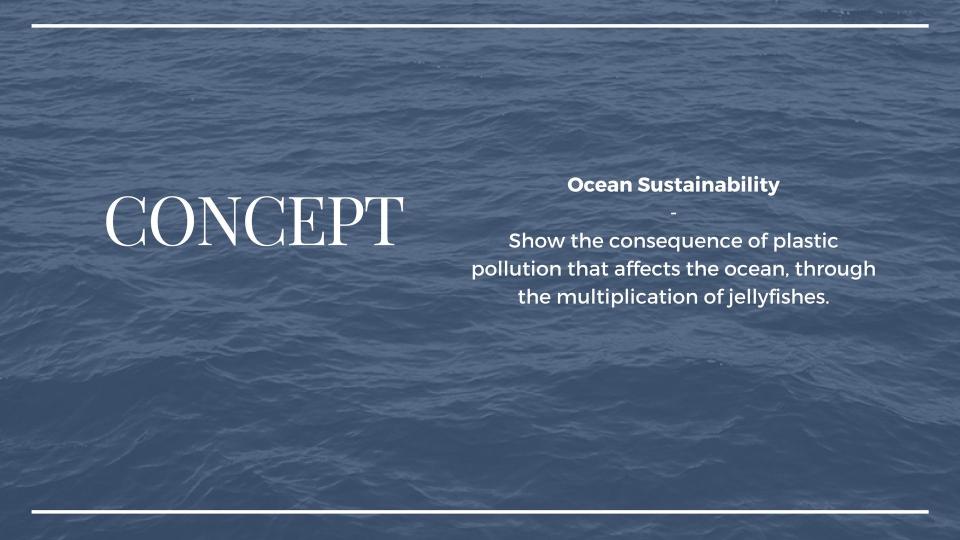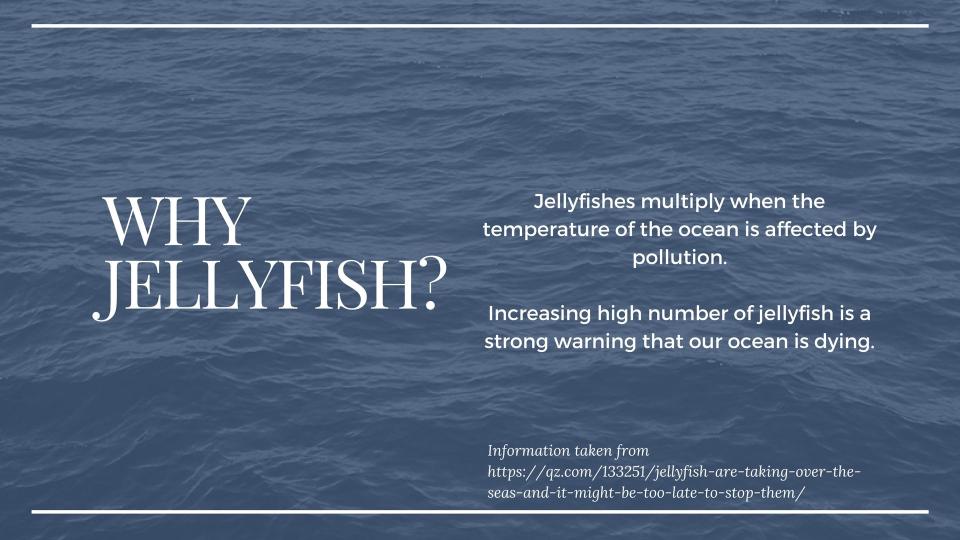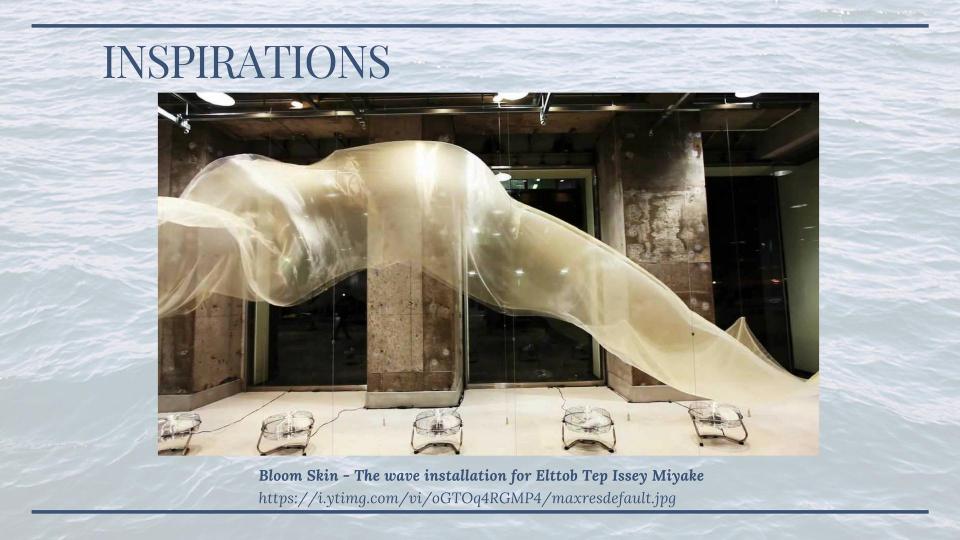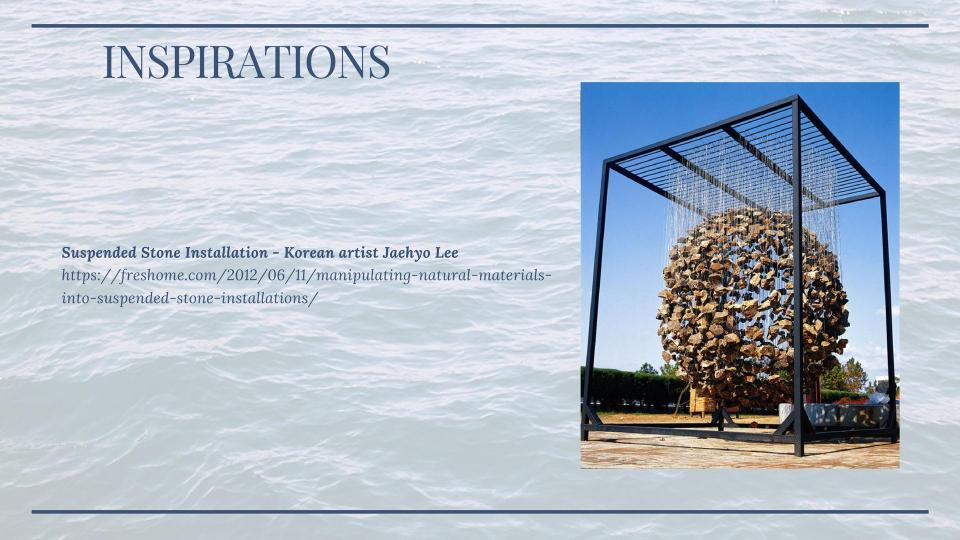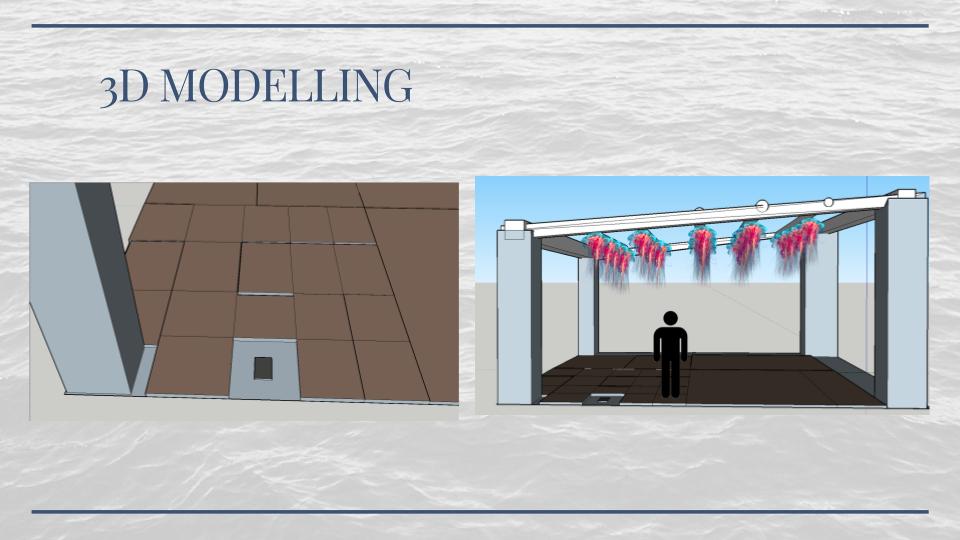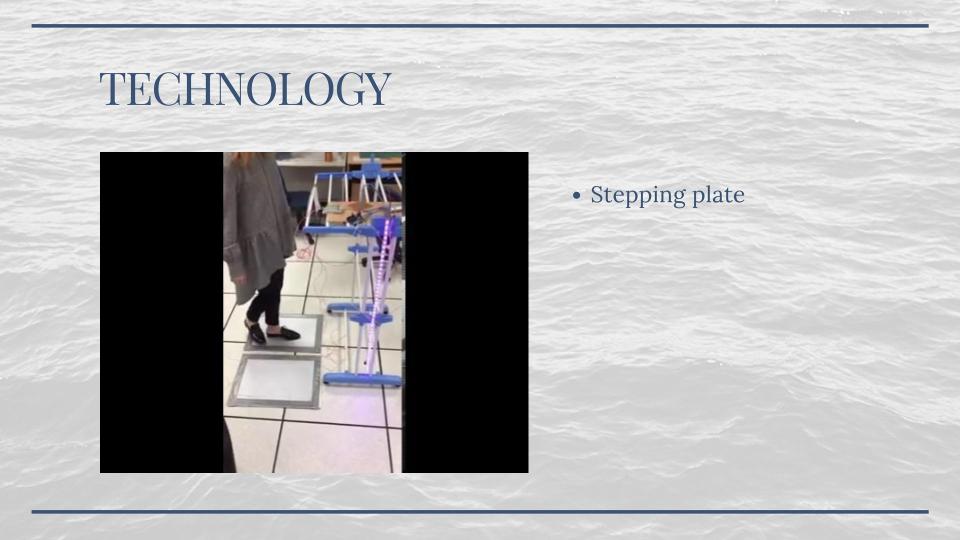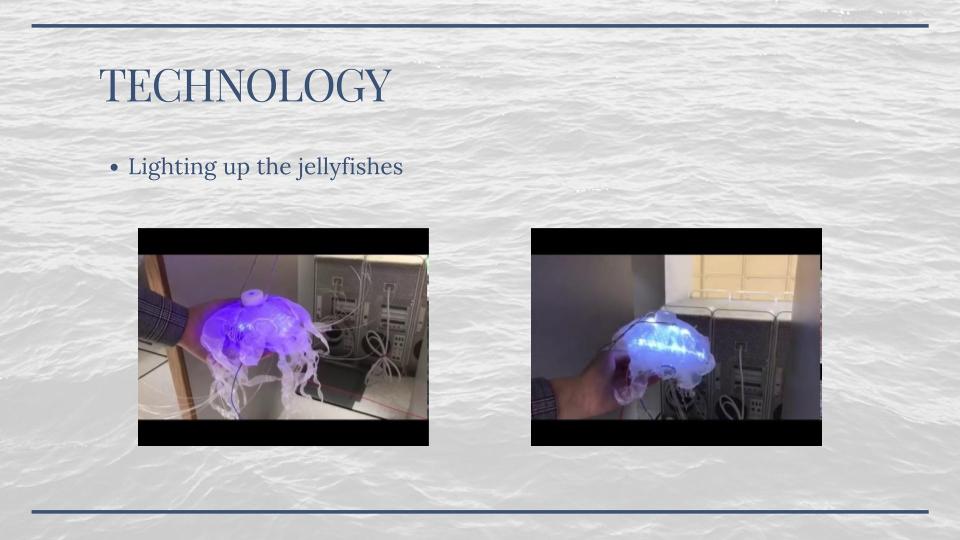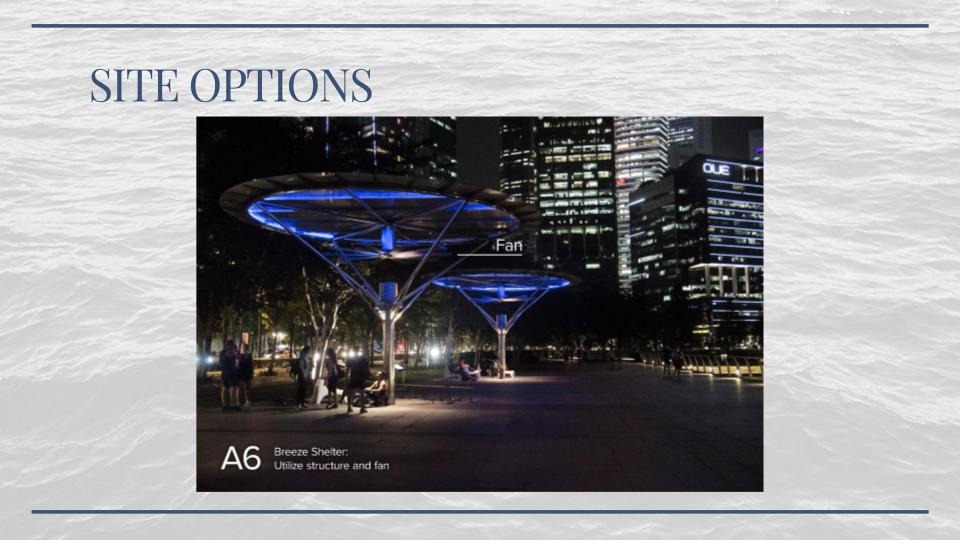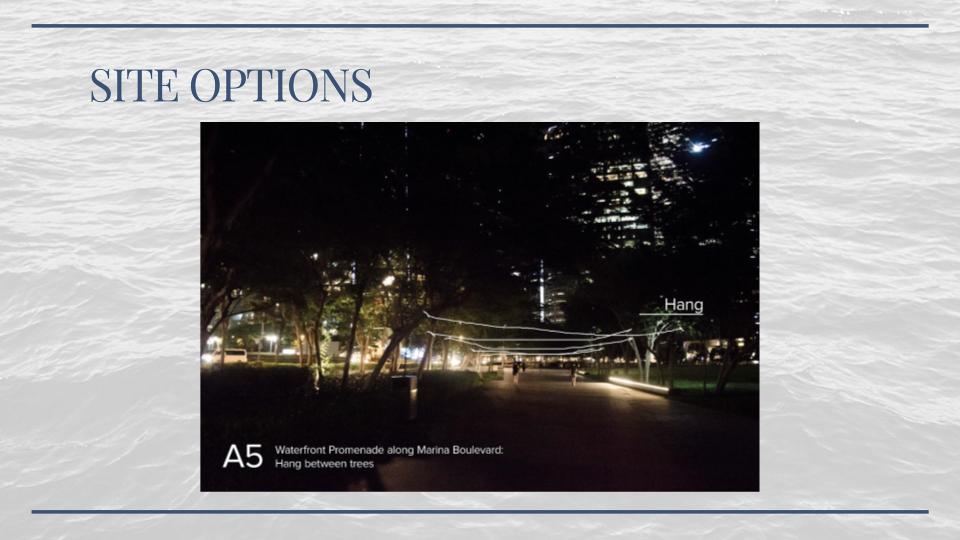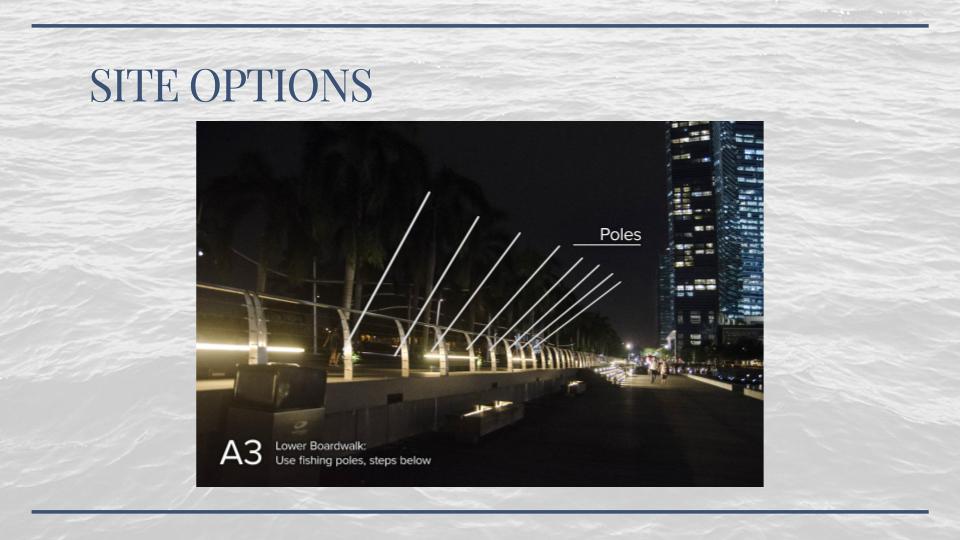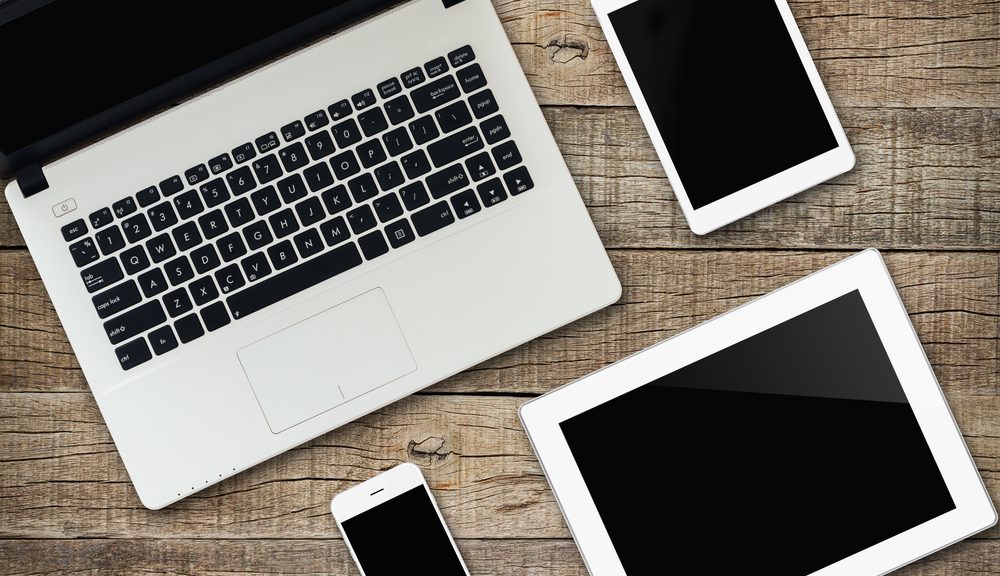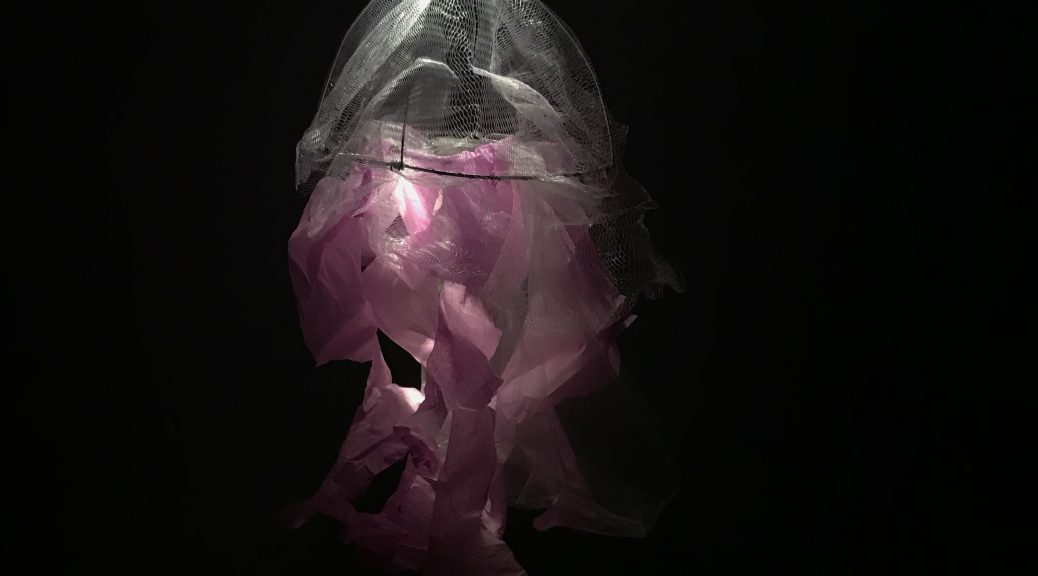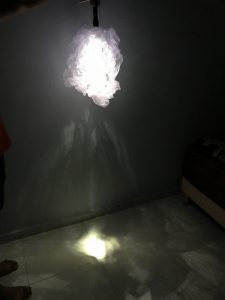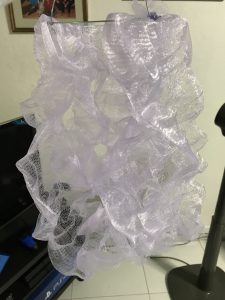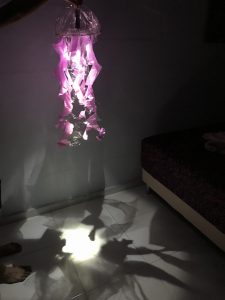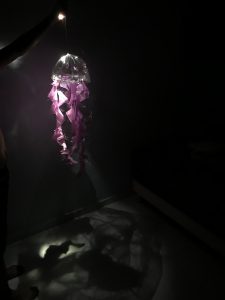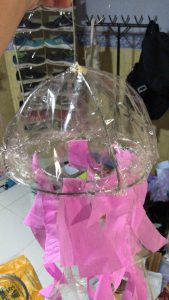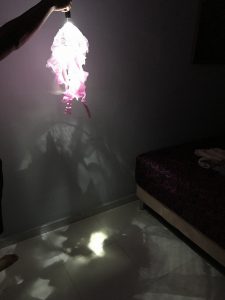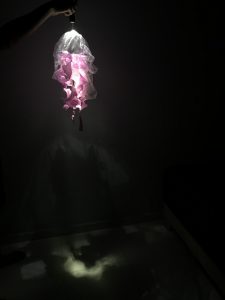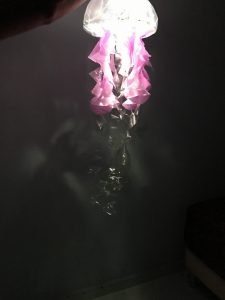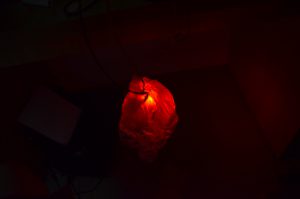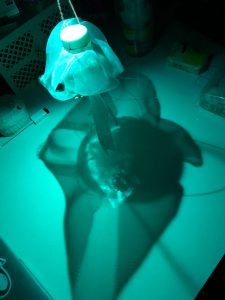Proposal
Concept:
Ocean Sustainability
– Show the consequence of plastic pollution that affects the ocean, through the multiplication of jellyfishes.
Why jellyfish?
– Jellyfishes multiply when the temperature of the ocean is affected by pollution. Increasing high number of jellyfish is a strong warning that our ocean is dying.
Storyboard:
- No one steps on:
a. A few jellyfish are lit up (light intensity = heartbeat) and will move up and down (creates a sense of life)
b. Floor has blue ripples (ocean)
2. Someone steps on:
a. A few more are lit up
3. A couple of people step on:
a. Floor has violet ripples
b. More jellyfish light up
4. Many steps on:
a. All jellyfish are lit up
b. Red ripples on the floor
Technology:
Pulley system – up and down (Moving the jellyfishes)
Stepping plate – change the background light (showing the warning of the dying ocean)
LED light – lighting up jellyfishes
Material of jellyfish:
- Shower cap/any translucent plastic
- Metal wire
- Plastic bottle
- Nylon thread
- Organza fabric
Interactivity with children
- Netting of jellyfish printed on paper → cut and fold using glue (and process of researching of alternatives)
- Where do we put the paper jellyfish after: separate rack or together with the installation?
Site Option:
Team members and responsibilities:
Kay – Video Rendering, Research on children’s interactivity
Raymond – Video Rendering
Ummi – 3D Model Rendering
Aaron – Research on children’s interactivity, Research on lighting components
Laura – Timeline/Gantt Chart






